In the world of numismatics, cryptic and odd markings on coins abound. While they may seem out of place, each message holds a unique purpose and meaning. One shining example of a seemingly out-of-place message would be that of the “LIMA” marked British coins of the mid-18th century.
Between 1745 and 1746, British coins were minted with the word “LIMA” just below the portrait of King George II. This feature is quite curious, seeing as Lima was the capital of the viceroyalty of Peru at the time and controlled by Spain. Additionally, during this period, King Philip V of Spain and King George II of England were embroiled in the War of Jenkins’ Ear (1739-1748), which adds to this numismatic mystery.
From the onset of the war, England desperately needed a way to stem the flow of Spanish Colonial gold and silver that was being used to finance Spain’s war machine.
In 1740 the British admiralty devised a plan and bestowed Commodore George Anson with a mission to raid Spanish possessions in the Pacific, disrupt trade, and if possible, capture Spanish possessions in South America.
Having set sail from England on September 18, Anson headed South with his squadron of warships, including HMS Gloucester , Wager, Tryal, Pearl, and Severn, along with Anson’s flagship the HMS Centurion, which was a thousand-ton, 60-gun, Man-O-War.
The Capture of the Covadonga
Many of the stats, facts, and figures pertaining to captures, seizures of coins, and other fantastic elements of nautical escapades of yore have been lost to time. Yet, numismatic legend and lore festoon these stories with many details, even if those flourishes are not always necessarily verifiable by way of historical documents like ship logs or government records.
After spending almost three years at sea and losing 1,354 of his 1,854-member force of sailors and marines, Anson had little to show for the tremendous loss of lives, ships, and material. But Anson refused to give up and his endurance would pay off.
On June 30, 1743, the lookouts on the Centurion spotted a single Spanish galleon, the Nuestra Señora de Covadonga, sailing off the coast of the Island of Samar in the Philippine Sea.
The Covadonga was a Manilla trade galleon that had sailed from Acapulco, Mexico, on April 15, 1743, on its way to the Philippines. She had been stripped of all but 13 of her 50 cannons to accommodate over 500 passengers (including crew) and tons of cargo.
Once the Covadonga was in range, the British gunners on the Centurion fired withering salvos from her 60 guns. The battle lasted 90 minutes, during which the Spanish ship was shot through with cannonballs and its decks raked with grapeshot. In the end, the Spanish galleon struck its colors and surrendered to the Centurion. The Spanish suffered 67 casualties and 84 wounded, while the British only lost three sailors and had 17 wounded.
Treasure Seized
When Anson and his men boarded the Covadonga, they were awe-struck to find chests holding 1,313,843 pieces of eight, 35,682 ounces of silver bullion, gold, and other valuables.
On June 15, 1744, Anson returned to England as a national hero and the treasure was paraded through the streets of London in 32 wagons overflowing with the captured Spanish treasure.
The Birth of the “LIMA” Coinage
To commemorate this victory, the Royal Mint decided to add “LIMA” beneath King George’s bust on silver and gold coins minted in the latter part of 1745 through 1746. The coins included sixpences, shillings, half crowns, crowns, and gold guineas.
The reason “LIMA” was chosen was the result of what the British believed was the treasure’s origin, misinterpreting all coins seized to be from the Lima Mint. However, this was most likely a case of mistaken identity as the pillar and wave varieties of silver cob coins minted at the Lima Mint look almost identical to those minted at the Potosi Mint.
Given that the Potosi Mint produced a huge portion of the world’s silver at the time, and the pieces of eight bore a letter “P” on both sides for Potosi, it is easy to conceive that the “P” may have been misconstrued to mean Peru with Lima as its capital. In addition, cobs were very crudely made with a hammer and dies and oftentimes the strikes were so poor that the mintmarks were not even visible.
In addition, passengers’ reports on the ship mentioned that the port they departed from was Callao, Peru, which would reinforce the theory of where the coins originated, even though the passengers may not have been aware of any ship manifests or proof of where the coins were m ad e.
Silver from Potosi and Lima were loaded on the same ships that were docked at the Peruvian port of Callao, so it is safe to say that there was likely a mix of coins from both mints. Silver cobs could have been minted at either mint, while the gold escudos would have only come from Lima.
Given that there was a mix of coins from two mints, it was likely an executive decision by those at the mint to use the word “Lima,” since it was the capital of the viceroyalty of Peru, of which Potosi was also part.
The French Prizes
Many numismatists believe that this is the end of the story, but the story doesn’t end there!
In July of 1745, British privateers, the Prince Frederick captained by James Talbot and the Duke captained by John Morecock, intercepted three French ships in the North Atlantic returning to Spain from Callao, Peru. These ships were the Louis Erasmus, Marquis d’Antin, and Notre Dame de la Déliverance.
All in all, the British captured nearly 4 million pieces of eight, many tons of silver bullion, and gold. The treasure from these ships was paraded through London in 45 wagons – 13 more than Anson’s haul.
The Louis Erasmus treasure cargo included:
- 1,277,726 pieces of eight
- £221,229 worth of gold pistoles and doubloons
- £30,000 worth of gold bars
- £10,000 worth of wrought plate
Total value was £1,538,955 in 1745 currency.
The Marquis d'Antin was carrying:
- 1,387,589 pieces of eight
- £79,464 worth of gold doubloons
- £2,000 worth of gold bars
- £1,000 worth of wrought plate
Total value was £1,470,053 in 1745 currency.
The combined haul was valued at £3,009,008. Today, the treasure captured from both ships would have been worth more than £390,000,000.
The Notre Dame de la Déliverance, which had escape d Prince Frederick and Duke on July 10, was captured two weeks later, on July 24. An article written in the October 4, 1745, edition of the London Gazette reported that “the Notre Dame de la Déliverance, a French ship from Lima having on board £300,000 Stirling in gold, silver, and a cargo of cocoa, Peruvian wool, and Jesuits Bark taken by the Sutherland and Chester.”
The National Archives of the United Kingdom provides more details, stating: “[T]he Notre Dame de la Déliverance was a French merchant ship contracted as a Spanish register ship (300 tons, 22 guns, 60 men and 1 passenger) bound from Callao, Peru to Cadiz, Spain. She was laden with £1,280,000 in silver.”
The British “LIMA” coins of 1745 and 1746 are more than currency—they are minted monuments of history and a testament to conquest, resilience, and British naval victories.
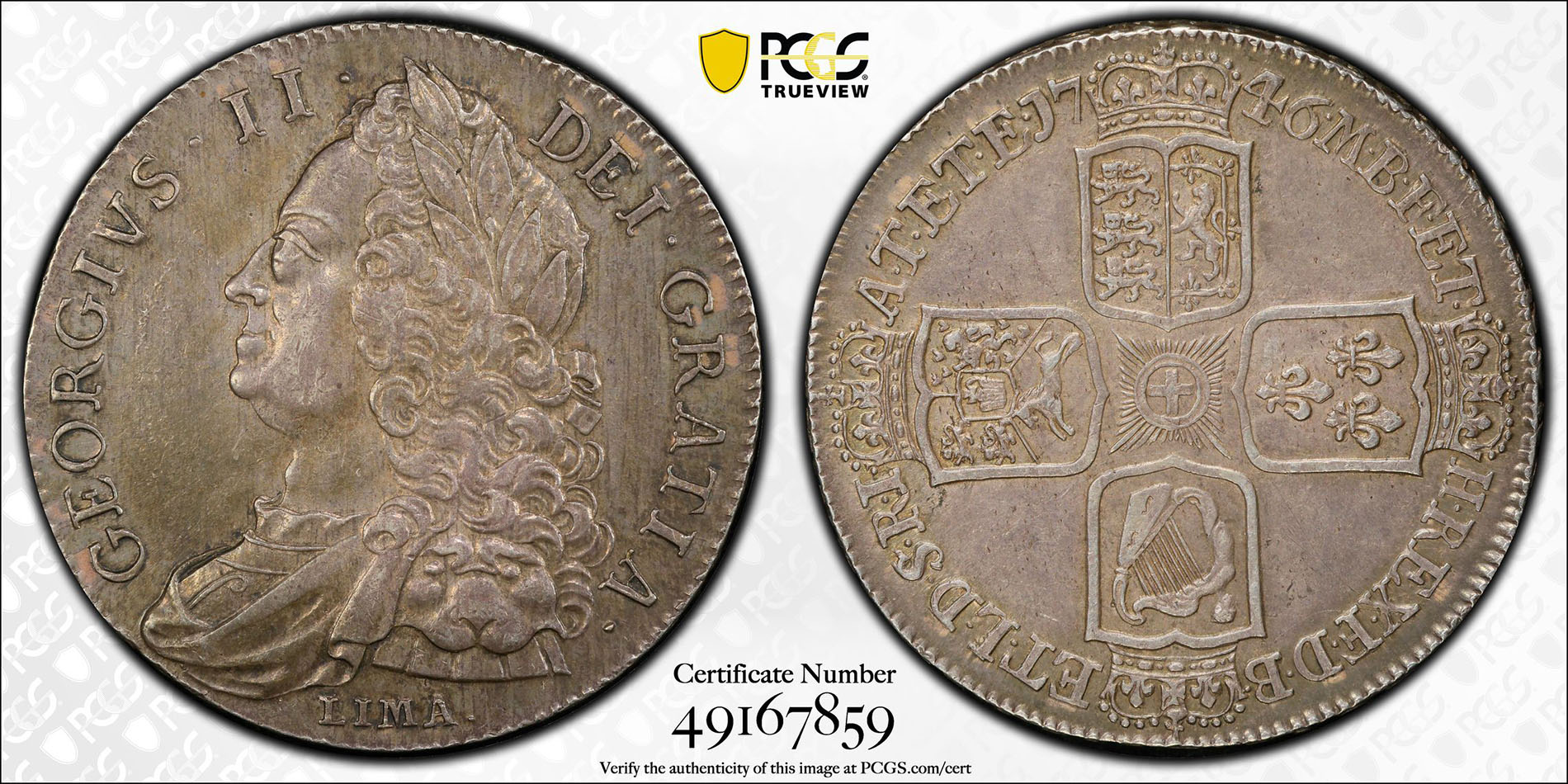
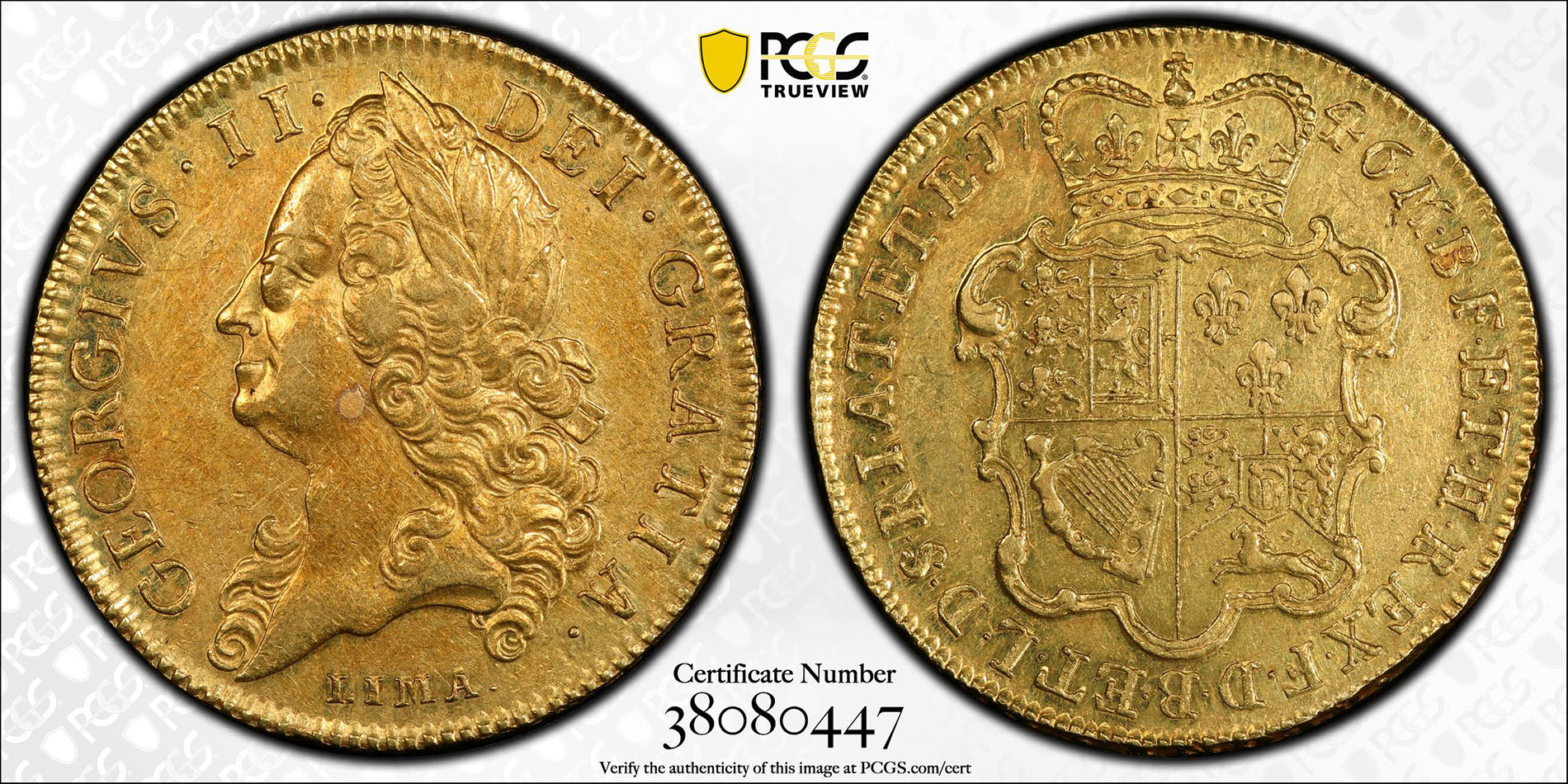
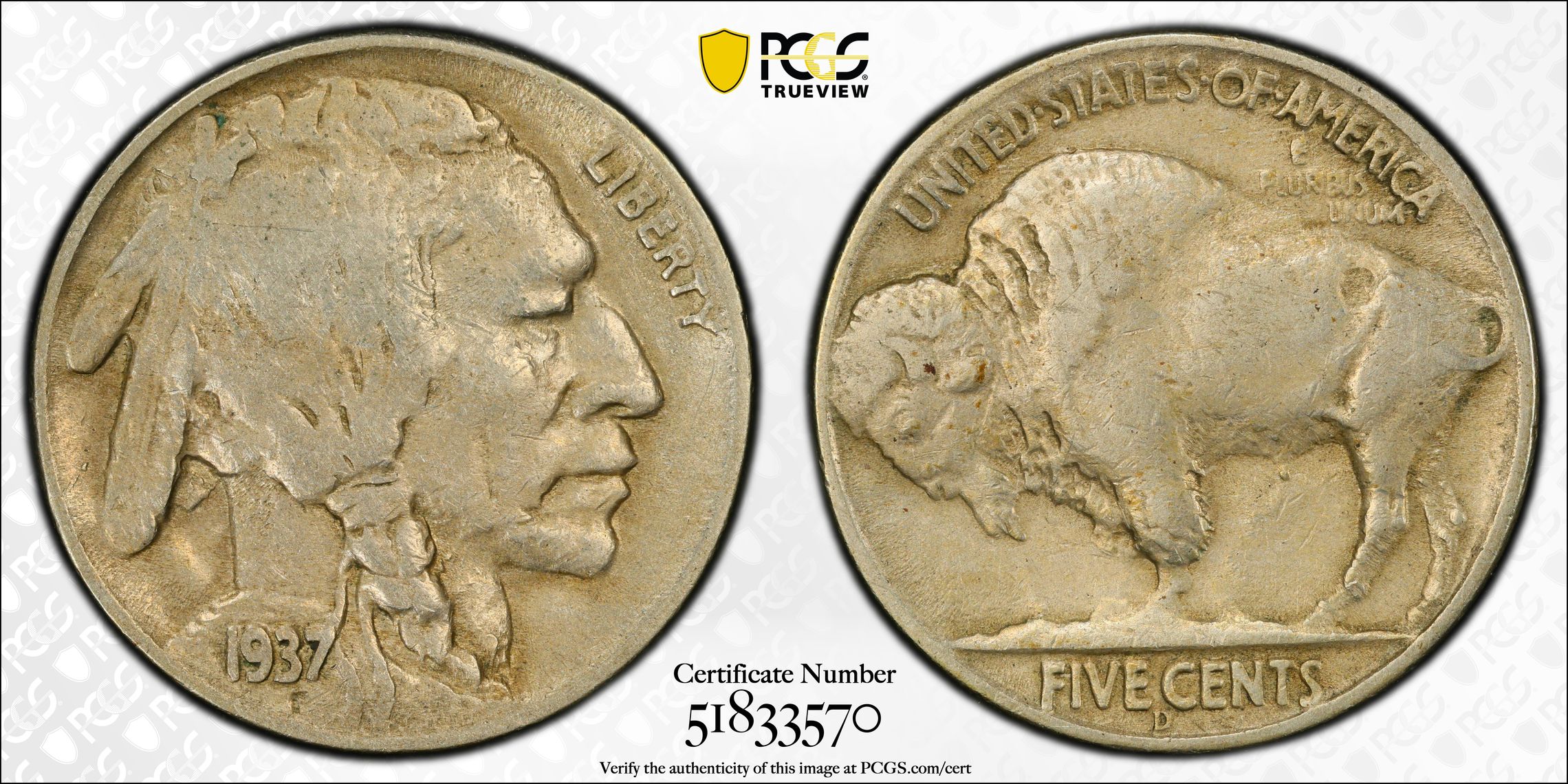
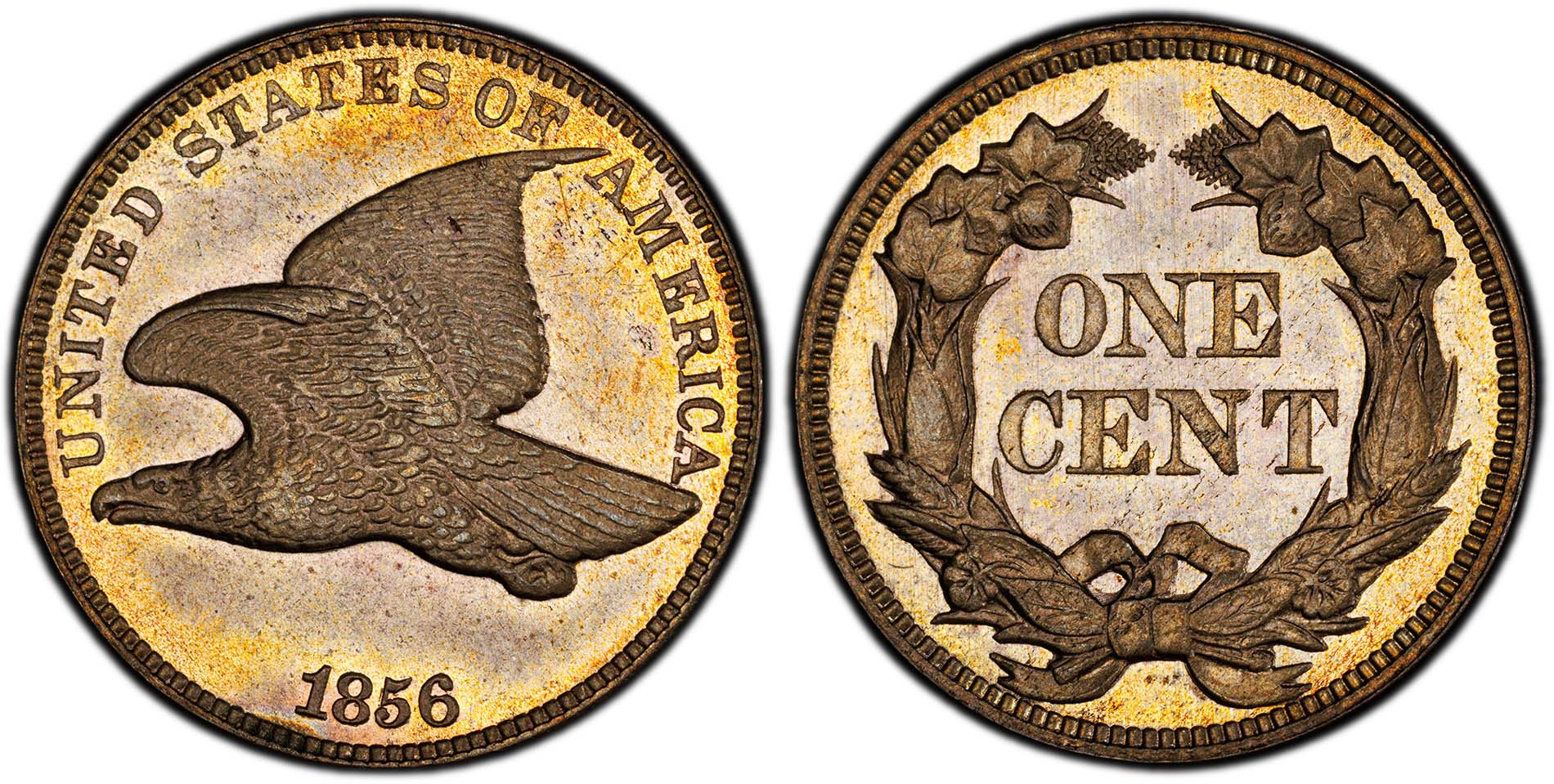
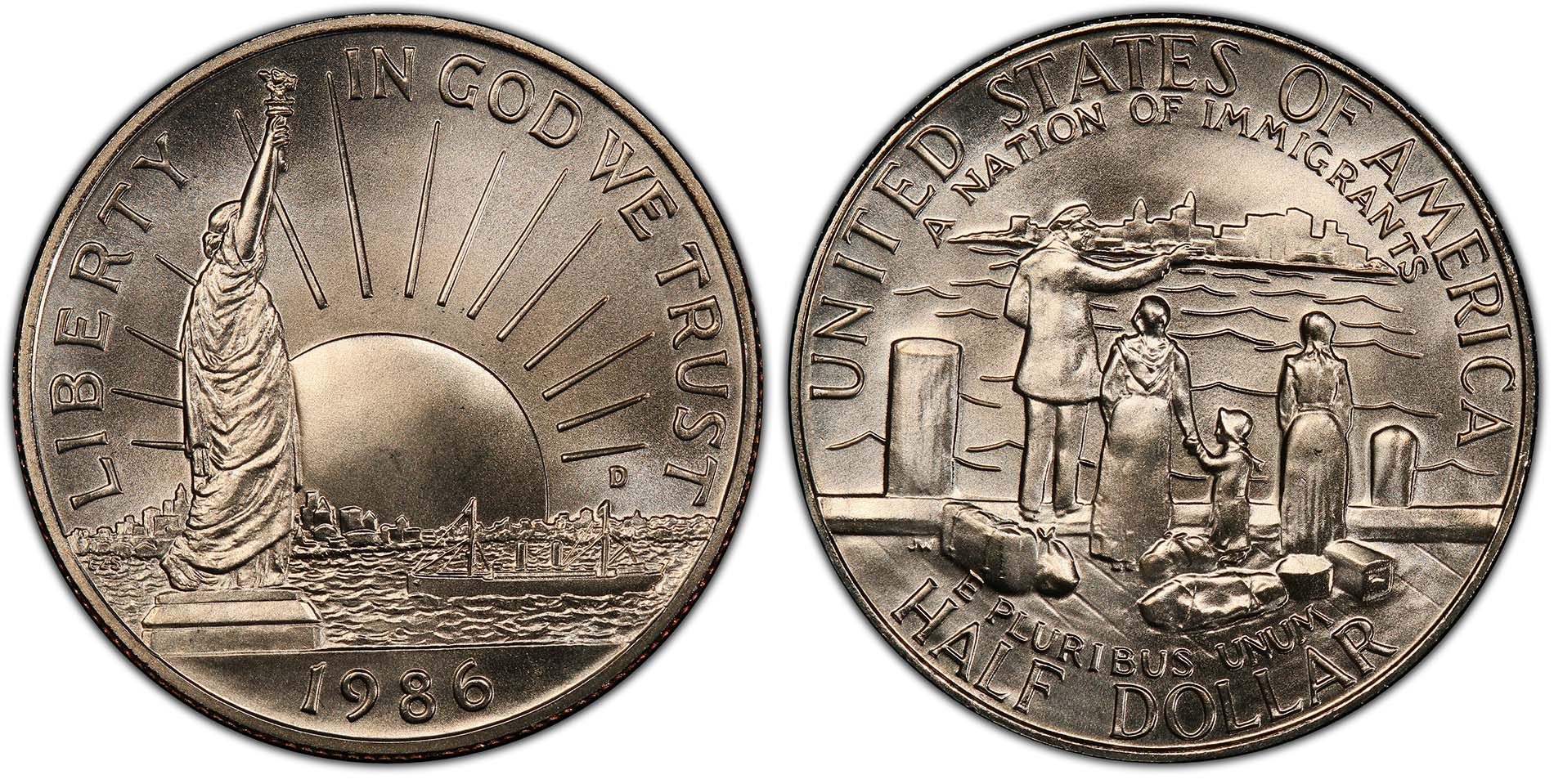

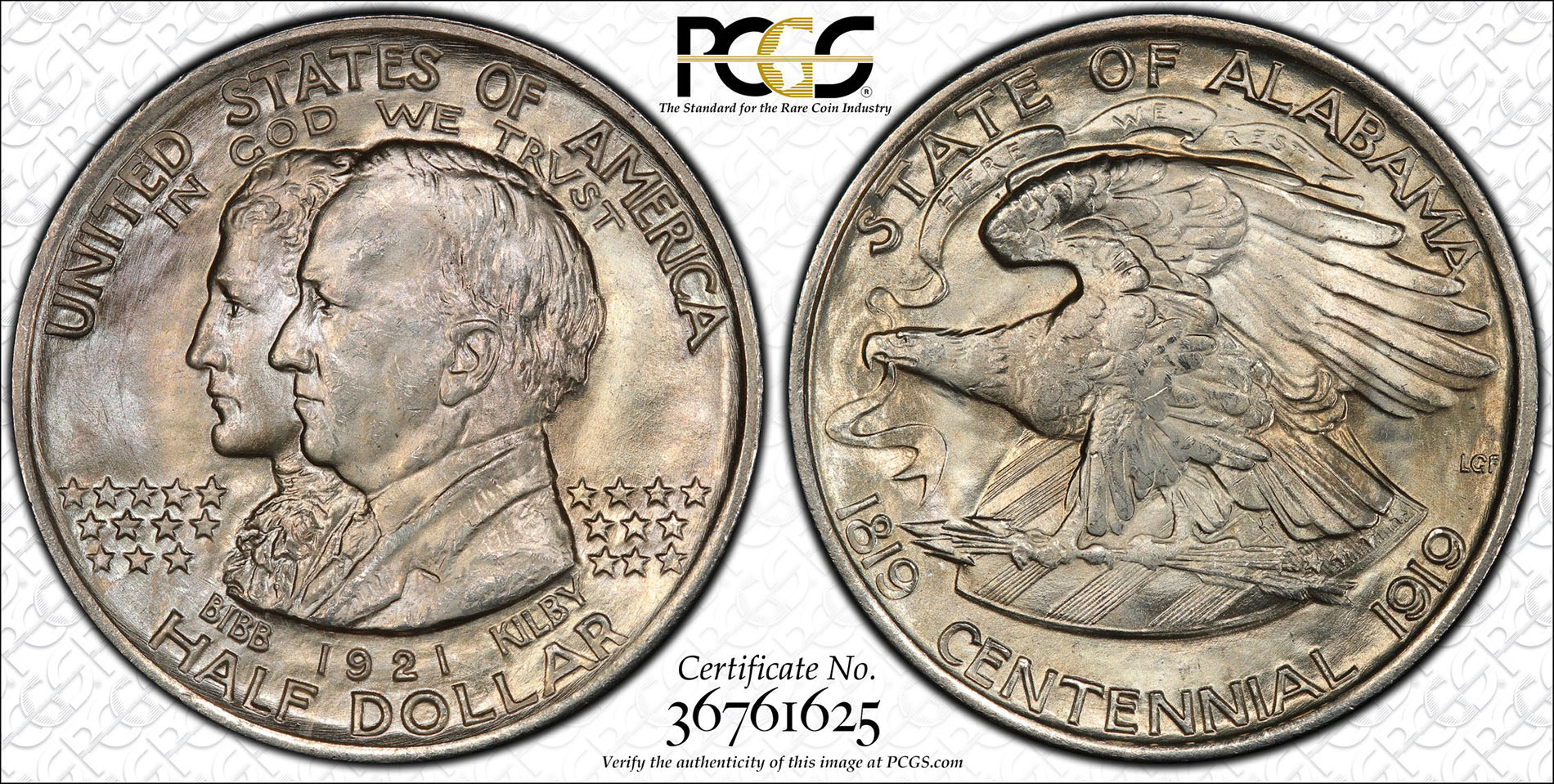
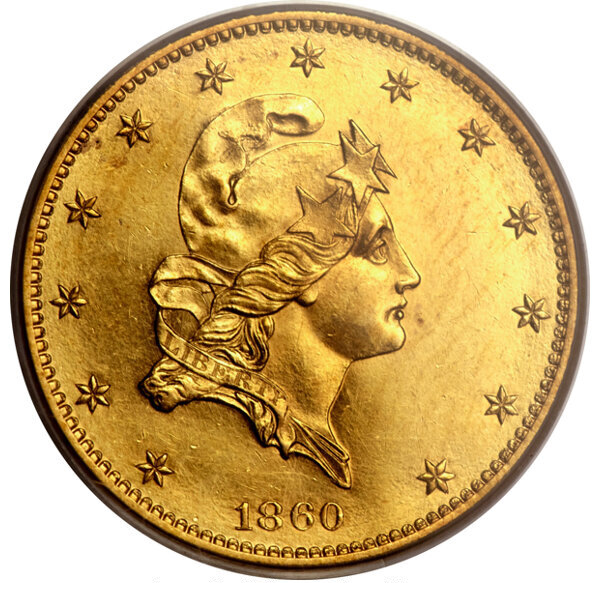
 Copper & Nickel
Copper & Nickel
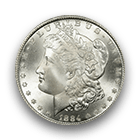 Silver Coins
Silver Coins
 Gold Coins
Gold Coins
 Commemoratives
Commemoratives
 Others
Others
 Bullion
Bullion
 World
World
 Coin Market
Coin Market
 Auctions
Auctions
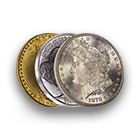 Coin Collecting
Coin Collecting
 PCGS News
PCGS News